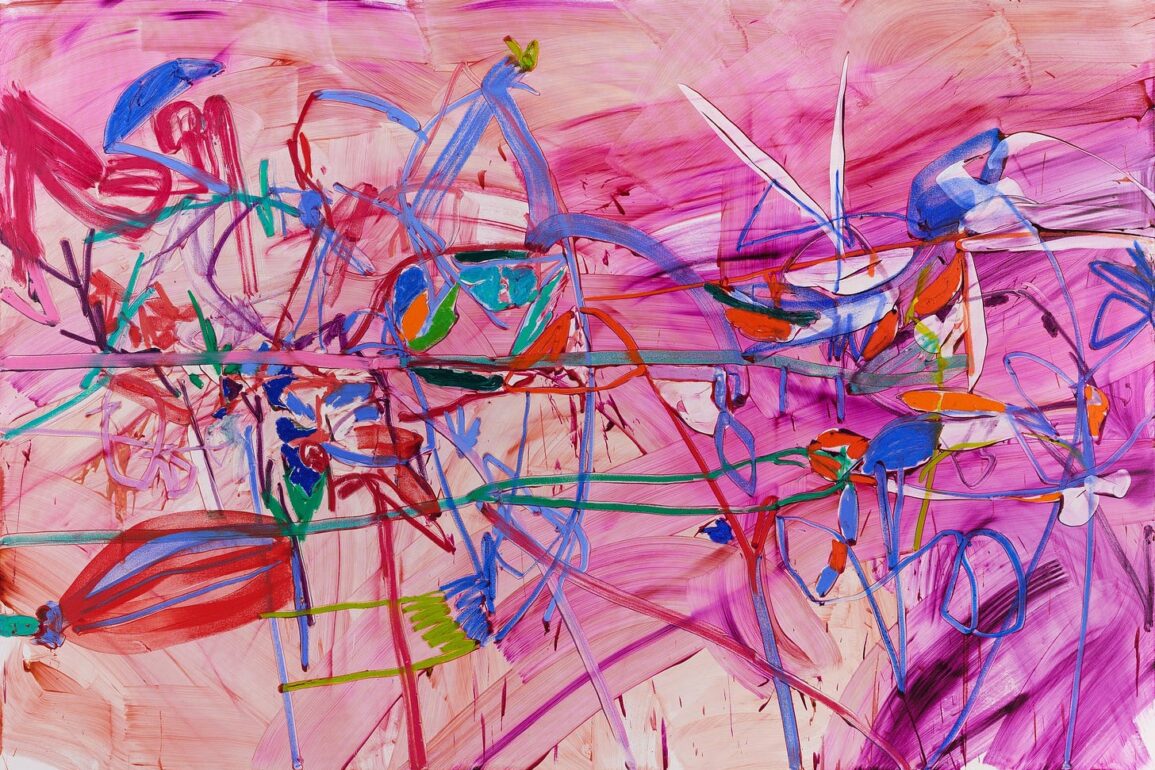What does 2025 have in store for women artists?
If you were in the NY area over New Years, you will have experienced lightning striking in the pouring rain as the clock struck midnight. This felt like a horrible omen for 2025.
My 2025 art market predictions are not so apocalyptic, but they do indicate change, or a need for change, that I believe can be brought about by meaningful, slow, far-sighted engagement with art and the systems that sustain it.
So here are they are:
-
Mid-tier galleries will close because their big artists get poached.
Many galleries can sustain full rosters of artists because they rely on one or two artists to sell out their shows, but this model does not work if those successful artists leave the galleries that made them stars.
But should these artists stay with their galleries out of a sense of obligation? Not necessarily— as painter Jadé Fadojutimi said of “outgrowing” her London gallery: “It was too personal. I didn’t need a mum anymore.” Ouch, that feels unfairly gendered, but there you go— she wanted a gallery with a bigger network and Gagosian was that place.
But the problem remains: how do we ensure mid-tier galleries, essential support for artists, can exist sustainably?
Two things could help this problem: one, big galleries could recognize the importance of smaller galleries, investing in them (sort of like the baseball minor league system), or more collectors could enter the market and bring up sales across the board, not just for those big name artists. That is, more collectors buying at lower price points.
2. Blockchain art will make a resurgence, but not NFTs.
We all remember the art buying craze of a few years ago, when speculation was rampant in all collectibles markets, and everything from wet paint ultra contemporary artists to jpegs of rocks were flying off the shelves.
This time will be different: the election of Donald Trump has sent the crypto markets surging, which will have many revisit the technology. Artists will begin to use blockchain as a tool to radically rebuild and redefine value and ownership in meaningful ways. Thoughtful, conceptual artists will fill the space that the speculators left behind.
I have no doubt women will be a part of this conversation— in a way they weren’t part of the NFT conversation—as they have historically been technological innovators, as pioneers in photography and digital art (yes, really). Women artists and artists of color, left out of the system as it is, will see the freedom that blockchain offers (i.e. its permanence and untracability) as a medium through which to express fundamental truths about living in a patriarchal world.
3. Increasingly, philanthropy will opt for structural change over vanity: donations be earmarked for specific projects that are meant to move the needle.
The art world system is broken, but not so broken that it will explode, demanding a complete rebuild. Instead, savvy, intelligent people will try to patch the holes with their generosity.
But instead of donating $100m to get your name on a building, donations will be earmarked for specific, structurally significant things: as Julie Mehretu did when giving $2.25m to the Whitney to ensure free admission for under 25s, or as Pamela Joyner does when she specifically gives to museum exhibitions in order to finance the production of catalogs (i.e. scholarship that lasts longer than the duration of the exhibition).
It might be the water I swim in, but I see this approach primarily from female philanthropists. I think of it as a Matronage approach— meaning it analyzes the system and tries to fix the problem from its roots. I have no doubt more women will step into this way of giving in 2025.
4. As trends in financial feminism continue, women collectors and aspiring collectors will crave spaces to connect where they will learn how to be a part of long term solutions — together.
After a tumultuous few years full of flashy art market news, we will settle into a new, less ostentatious mode, but one that is still informed by the values of the past ten years (i.e. diversity and inclusion).
This approach will necessarily focus on education and a deep engagement with long term solutions, very much the place that Less Than Half and the Matrons of the Arts lives in. Our approach centers on three things:
-
Education — through monthly webinars, we teach the brass tacks of how the art market functions
-
Community — recognizing that collecting is a not done in a vacuum, we bring women together to share their experiences and ask questions of each other in an online forum
-
Celebration — we take the time to learn about the accomplishments of women and celebrate their contributions, innovations, and genius.
Make meaningful engagement with the art world you new year’s resolution and join the Matrons of the Arts here.
I’m so happy to be able to spend another year with this community! Thank you for being here. And, subscribers, let me know your 2025 predictions in the comments.
This post was originally published on this site be sure to check out more of their content






